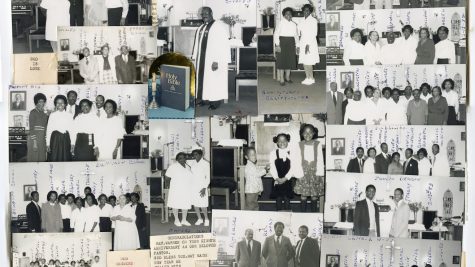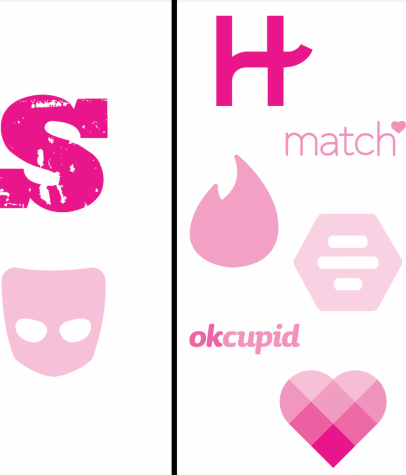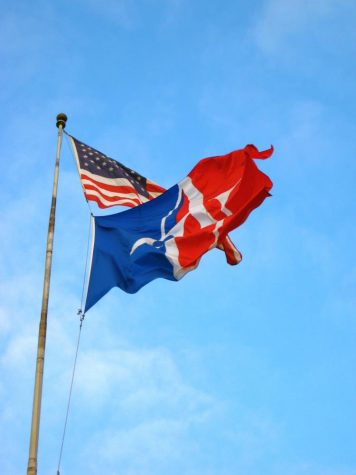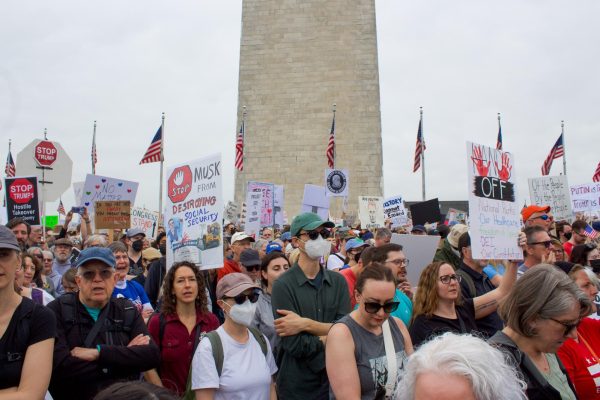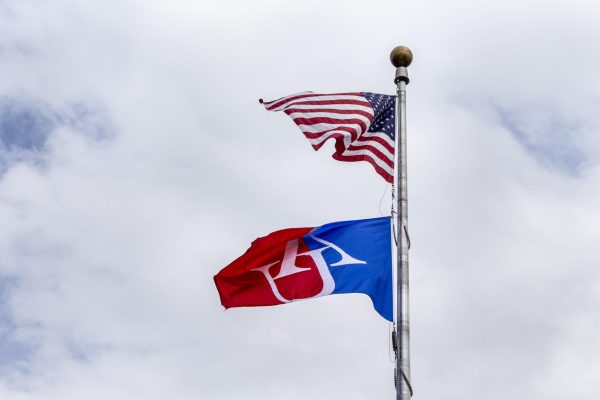We Need to Talk About Kony
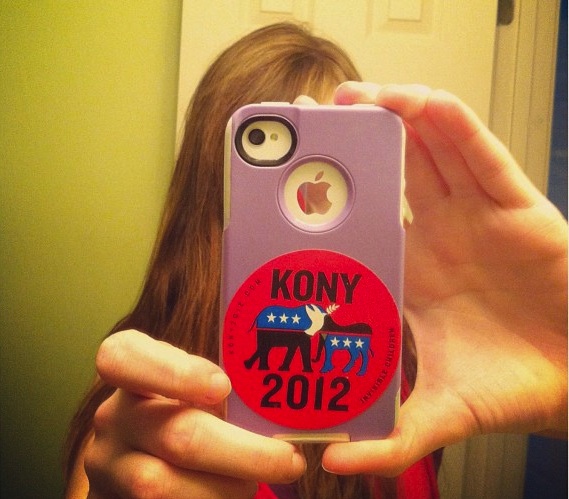
As many college-aged people know, Invisible Children is a non-profit advocacy organization whose goal is to promote awareness about the war crimes and atrocities committed by the Lord’s Resistance Army in Uganda, Central African Republic, South Sudan and the Congo. Their first film, Invisible Children: the Rough Cut, first came out in 2006 and brought about more exposure to the conflicts in central Africa than ever before. It was a monumental movement that has brought to light some of the world’s most disgusting war crimes of all time.
That’s more or less the last beneficial thing Invisible Children has done for the wars raging in central Africa.
The intentions of the three filmmakers and founders of Invisible Children are, in a word, admirable. But there is far more than meets the eye when it comes to this organization, which begins my list of grievances against the KONY 2012 campaign.
Let’s start with the organization itself. Although a not-for-profit organization, only 32% of the organization’s revenue from things like bracelets, film rights and distribution, and general donations, went to direct services. That means that when you buy one of these bracelets to show your support, let’s say it’s $10, only $3.20 is going directly to the cause, and $6.80 goes to their travel expenses, insurance, film production, “rent and utilities” etc. Not to mention the general disdain I have for the presentation of the information: the documentaries themselves.
Chris Blattman, a professor of Political Science and Economics at Yale University, made a point back in 2009: “There’s also something inherently misleading, naive, maybe even dangerous, about the idea of rescuing children or saving of Africa. […] It hints uncomfortably of the White Man’s Burden. Worse, sometimes it does more than hint. The savior attitude is pervasive in advocacy, and it inevitably shapes programming. Usually misconceived programming.” This organization’s goals seem to be to perpetuate its own popularity, not to educate the public on the issues of the conflicts. I was particularly taken aback when the group asked for me to pay $30 for an “Action Kit” to support the cause.
Which is increasingly evident the more one reads into the complexity of the conflicts and Invisible Children’s over-simplification of the issues. For instance, Invisible Children defends the Ugandan Army and supports direct military intervention with the help of America and other outside militaries. First off, Joseph Kony is not in Uganda, nor has he been for six years. Second, to support the Ugandan Army – which is accused of the same human rights violations as the LRA, including rape and looting – in its efforts to track down and eliminate a few hundred LRA soldiers (whose number has dwindled significantly since Invisible Children’s commencement) is exactly what the Obama Administration did… remember? Back in 2009 when he sent about a hundred troops in to help the Ugandan army track down and destroy LRA militias? No? That’s probably because it was plagued with failures, including misinformation, failure to execute the plan, and lacking in proper military training.
As a 2011 Foreign Affairs article puts it, “all this, and the plight of local populations, who are caught between a rebel group with nothing to lose and armies that have not prioritized civilian protection, has been mostly overlooked.” The complexity and gravity of this conflict can trace its roots back to the 1980s, and has since been developing and expanding to a point where it’s pretty difficult to look at once source for the truth. One cannot log on to Invisible Children’s page, turn to the US government, or really any one single source for information on the issue. Having Invisible Children dumb down the conflict is not only an insult to the victims involved, but also a huge slap in the face to organizations that don’t just fight genocide when it’s a trending topic, but dedicate their lives to fighting genocide and human rights violations.
And it is because of this naiveté, this popularity at the price of truth, that makes this organization a cesspool of hypocrisy. It’s even been reported that Invisible Children has manipulated its facts. In the same Foreign Affairs article, the authors write “such organizations have manipulated facts for strategic purposes, exaggerating the scale of LRA abductions and murders and emphasizing the LRA’s use of innocent children as soldiers, and portraying Kony — a brutal man, to be sure — as uniquely awful, a Kurtz-like embodiment of evil. They rarely refer to the Ugandan atrocities or those of Sudan’s People’s Liberation Army, such as attacks against civilians or looting of civilian homes and businesses, or the complicated regional politics fueling the conflict.”
So why is KONY 2012 around? Why, instead, are we not more actively engaged in learning about and advocating for change in defense of human rights in central Africa on a more regular basis?
My favorite article so far about KONY 2012 comes from the National Director of STAND, an organization whose focus is on genocide and mass atrocities prevention and civilian protection policy: “In order to move past #KONY2012, to promote credible approaches to conflict resolution in Central Africa, anti-Kony advocates need to be prepared to move past the public narrative, past the sexy, and past the action kit.”
That’s not to say that everything about Invisible Children and the general movement is bad. I sat in on a meeting for AU’s chapter of One World Initiative and was moved by the group’s passion to enact change. I sat down with Travis Roberts, the Executive Director and founder of AU’s One World Initiative, who stood by Invisible Children and defended them.
“It’s not about ‘you get rid of Joseph Kony, you get rid of the problem,’” Roberts said. “Kony is more than just one individual, Kony is a symbol. We come from a perspective that assumes that war is inevitable, that groups like the LRA are undefeatable, and by getting rid of Kony and the LRA, we change our perspective and we change the paradigm. We’ve entered into a new status quo where peace is possible.”
Cassie Wiegmann, a co-president of AU’s chapter of STAND, had a personal opinion of her own. “I think Invisible Children simplifies its message to gain a larger following, but cannot provide sustainable engagement because their constituency is not adequately informed of the complexity of the conflict,” she said. “They are very concerned with the glamorization and shock-and-awe factor of getting people engaged. It becomes a fad, and then falls out because people lose interest. They tell us to go put up posters, but that’s not a way to create true political change – there has to be something more informed behind it. I’m not saying Invisible Children is wrong, they are one of the best organizations for organizing, but they haven’t created a sustainable model for policy enactment and real change in the region.”
So before you go “liking” a bunch of videos and statuses about the KONY 2012 campaign, inform yourself on the issue. Engage in dialogue about the root of the issues, and engage in a sustainable, functional way. And if you’re really interested in conflicts in central Africa, reach out to organizations whose policies you agree with. But, as Foreign Affairs eloquently puts it, “until the underlying problem — the region’s poor governance — is adequately dealt with, there will be no sustainable peace. Seriously addressing the suffering of central Africans would require engagement of a much larger order.”
Photo by Chris Schultz via Flickr



